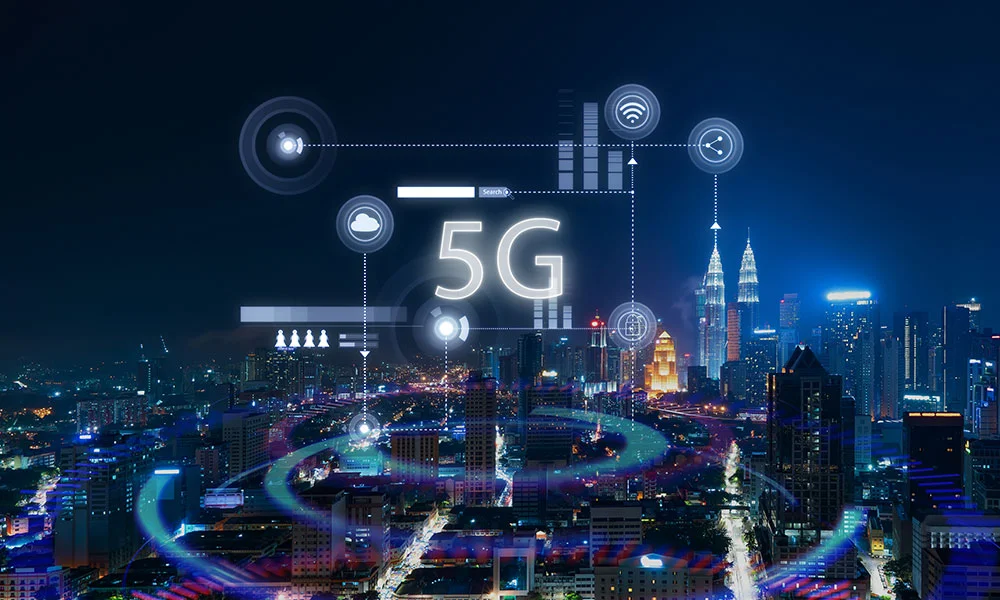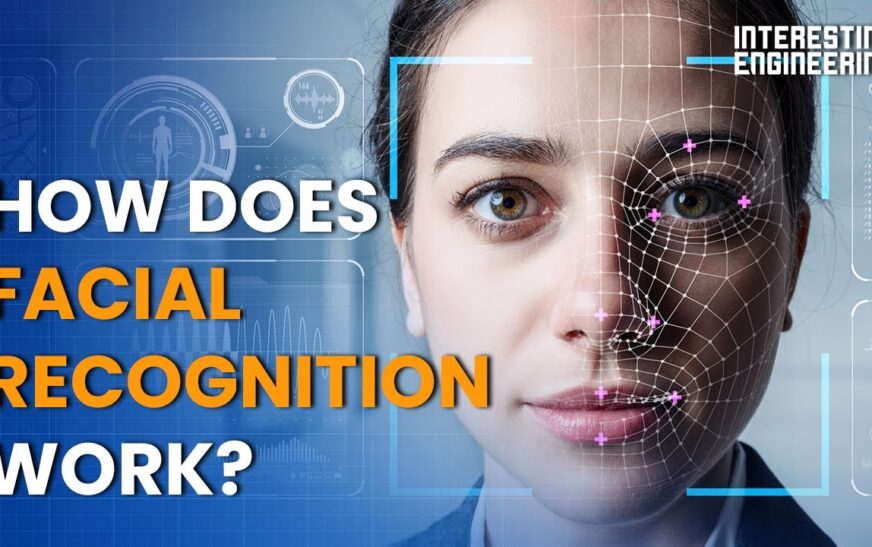Introduction to Facial Recognition Technology
Facial recognition technology is rapidly transforming the way we interact with our surroundings. From unlocking smartphones to enhancing security measures, this innovative tool has captured both interest and concern across various sectors. As cameras become increasingly sophisticated and algorithms more refined, the capabilities of facial recognition are expanding at an unprecedented pace.
Yet, as we embrace these advancements, questions about privacy loom large. The balance between convenience and surveillance remains a hot topic for debate.
In this blog post, we’ll explore how facial recognition works, its potential uses and benefits in everyday life, along with the pressing concerns surrounding privacy and ethical implications that accompany this powerful technology. Join us on this journey through the world of facial recognition where innovation meets caution!

How does Facial Recognition Technology work?
Facial recognition technology analyzes facial features from images or video. It starts by capturing an image using a camera, which could be a smartphone or surveillance system.
Once the image is taken, software identifies key landmarks on the face, such as the eyes, nose, and mouth. This data creates a unique mathematical representation called a “faceprint.”
Next, this faceprint is compared against databases to find matches. These databases can include social media profiles or law enforcement records. Algorithms play a significant role in ensuring accurate identification.
The technology relies heavily on machine learning to improve its accuracy over time. As it processes more images, it becomes better at recognizing faces under various conditions like lighting changes and different angles.
This process happens rapidly, often in real-time scenarios where immediate identification is crucial.

The Potential Uses and Benefits of Facial Recognition Technology
Facial recognition technology has a multitude of applications across various sectors. One notable use is in security systems, where it enhances surveillance capabilities. This allows for the swift identification of individuals, improving safety measures in public spaces.
In retail settings, businesses employ facial recognition to analyze customer demographics and preferences. This information helps tailor marketing strategies and enhance customer experiences.
Healthcare also benefits significantly from this technology. Patient identification becomes seamless, reducing errors while ensuring that medical records are accurately matched with the right individuals.
Access control systems utilize facial recognition for secure entry into restricted areas. Organizations can streamline operations while bolstering their security infrastructure.
Furthermore, law enforcement agencies leverage this technology to solve crimes more efficiently by identifying suspects quickly through databases. The potential for improved efficiency across these sectors highlights why many see value in adopting facial recognition solutions.

Concerns about Privacy and Data Security
As facial recognition technology becomes more prevalent, concerns about privacy and data security intensify. One of the biggest issues is the potential for misuse. Unauthorized access to facial databases can lead to identity theft or stalking.
Individuals often remain unaware that their images are being captured and analyzed. This lack of transparency raises significant ethical questions about consent. People have a right to know how their personal information is being used.
Additionally, there are fears surrounding surveillance and monitoring by government agencies or corporations. Continuous tracking could create an environment where individuals feel constantly watched, stifling freedom.
Data breaches pose another threat; hackers targeting these systems can expose sensitive information. The risk amplifies when considering the large volumes of data stored in centralized locations.
The balance between innovation and safeguarding personal freedoms remains delicate, highlighting an urgent need for robust security measures and clear policies on usage.

The Difficulties and Debates Around Facial Recognition
Absence of Privacy
The possibility for privacy violations posed by facial recognition technology is one of the main worries. People frequently don’t even realize that their biometric data is being gathered or utilized for facial recognition.
Built In was informed by cybersecurity specialist Sean Grimaldi that “it can be used without your consent.” “That makes regaining control over what is effectively your data extremely difficult.”
For example, while analyzing street camera footage to ascertain whether a suspect in a crime passed through a particular area, a police department may have to examine the faces of hundreds of innocent people before identifying the person they are searching for.
According to Patrick K. Lin, a technology law scholar who specializes in AI privacy and surveillance, “just about everyone, whether they realize it or not, is part of this lineup in a police investigation,” Built In was informed.
It can be challenging to predict exactly how your face will be used, where your face photographs will be kept, and who will eventually be able to access them, even if you consent to face recognition.
Nevertheless, certain laws have been implemented to enhance the privacy protection of individuals. There are regulations governing the gathering, storing, and sharing of biometric information, such as fingerprints and facial scans, in the states of Illinois, Texas, New York, Vermont, and Washington. Furthermore, a number of enormous corporations have had to pay hefty fines for breaking them.
By choosing not to use facial recognition systems, such as Apple Face ID or facial scans at security checkpoints, people can better secure their own privacy. Beyond that, though, there isn’t much a person can do to fully protect their facial data.

Possible Abuse by the Government
The frequent use of facial recognition technology by law enforcement raises concerns about possible government abuse of this technology for mass surveillance and possible violation of civil liberties.
Unknown to the public, demonstrators in Hong Kong famously wore masks to evade police cameras, and the Chinese government has employed facial recognition technology to monitor and control ethnic minorities. In the meantime, during the 2020 Black Lives Matter demonstrations in the United States, people were being watched using facial recognition technology. Additionally, it is used by Immigration and Customs Enforcement to monitor foreign visitors.
A few American towns, such as San Francisco and Boston, have outlawed the use of facial recognition technology by law enforcement and other government agencies.
Nonetheless, a large number of private businesses continue to supply software to police enforcement organizations of all sizes, typically with no public supervision or examination of the sources of their picture databases or algorithmic processes.

Errors and Prejudices
It has been discovered that certain demographics are biased by facial recognition algorithms, which can lead to errors in the system. As a matter of fact, out of the 189 face recognition algorithms that NIST researchers looked at, most of them showed prejudice, misidentifying Black and Asian faces up to 100 times more
“frequently than white faces. In addition, women were misidentified more frequently than men.
The training process of a facial recognition system, which entails providing the system with a huge number of face instances in order for it to learn to identify one, is mostly responsible for these kinds of errors.
An algorithm can eventually be trained to distinguish between a human face and a wall outlet if enough samples are provided. However, if the majority of the faces in the training data corpus are white male faces, then a system will have trouble correctly identifying anyone outside of that group.
When using facial recognition, this can, at best, result in an annoying user experience when, for example, images are automatically tagged with the incorrect person’s name. Worst case, it may result in unjustified deportations and bogus arrests. Additionally, as we’ve seen with African and Haitian asylum seekers trying to use
the face scanning software of U.S. Customs and Border Protection, it can completely prohibit some people from using technology.
Risks to Security
Many businesses take considerable care to ensure the security of their databases. However, no technology is impervious to manipulation. Grimaldi stated that face data databases can get up for sale on the dark web due to frequent company hacks. These pictures could be used there to perpetrate fraud.
Furthermore, you are unable to recover stolen data in the same manner that you would a stolen password. You can’t quite alter your face, after all.
Grimaldi stated, “You can just get a new one if your passphrase or password gets compromised and is for sale on the dark web.” However, if something occurs with your facial recognition data, such as the dots that map your face,







